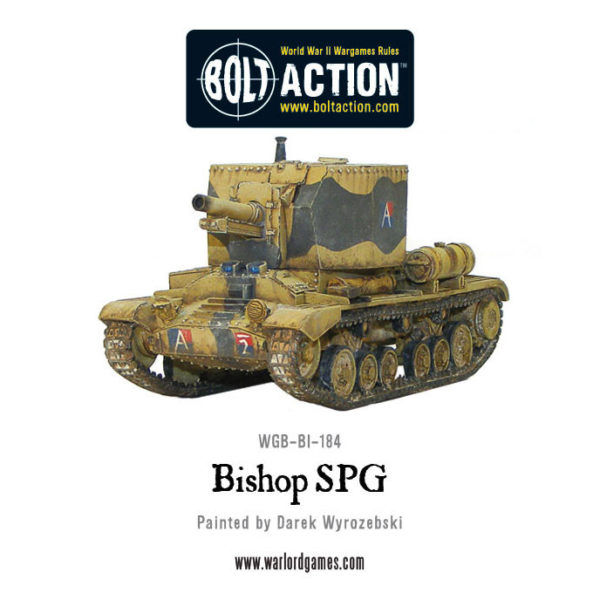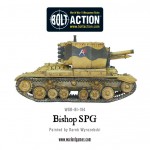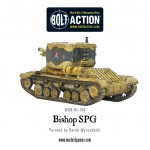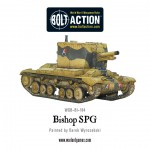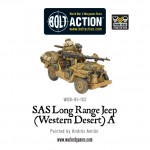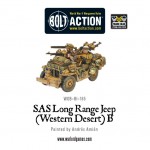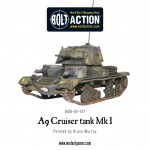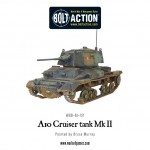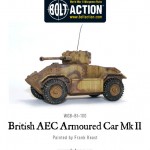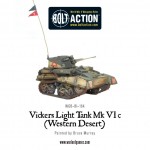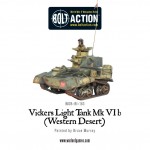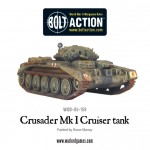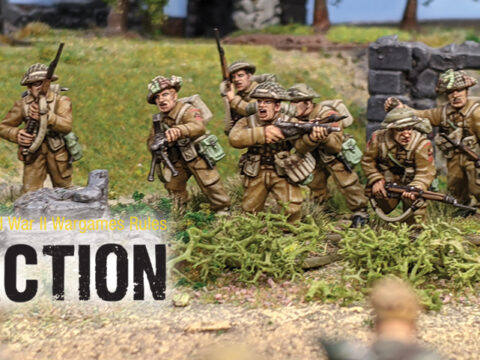With the release of our new self propelled gun for the British, Sam Phillips takes us through the history of the Bishop:
In North Africa 1941, the British Royal Artillery would face a new type of mobile warfare, with the German Afrika Korps utilising self-propelled guns – anti-tank guns and howitzers mounted on mobile platforms. The British and Commonwealth forces had little to combat the Germans heavier armour, only being armed with the Boyes Anti-tank rifle and the 2pdr anti-tank gun. The only proven effective weapon they had was the 25pdr field batteries, these were capable of taking out the German tanks, but were not manoeuvrable and lacked the protection needed.
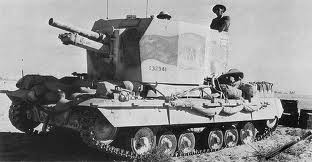
The need for some form of self-propelled AT gun soon became apparent, and with this in mind the production began to place the reliable and quick firing 25pdr into a self-propelled platform of their own. In 1941 the “Ordnance QF 25pdr on Carrier Valentine 25pdr Mk1” was created, with an initial 100 being ordered. The name “Bishop” was later applied to the vehicle due to its high sided turret resembling that of a bishop’s ‘mitre’ head dress (although some think this name might be borne out of the commander atop the superstructure looking like a clergyman making a sermon from his pulpit).
The Valentine II was considered by some an outdated tank by the start of the war but by removing the obsolete turret weaponry it became an ever more useful chassis. By fixing a boxy superstructure atop the hull with a large rear door the 25pdr howitzer was able to be fitted. The superstructure contained four crew and had side ammunition racks.

The Bishop was not well liked by its crews, its very high sided profile made it an easy target to spot on the battlefield. The sheer height of the vehicle also added to its weight, making the Bishop slower to manoeuvre. The other key issue was that the gun could only be elevated 15 degrees, as a result it could only fire up to half of the original howitzers range, about 6,400 yards. This meant Bishop crews often had to dig large earthen ramps allowing the gun to be elevated further and gain valuable range by tilting the entire vehicle – not what you want to be doing in the desert heat!
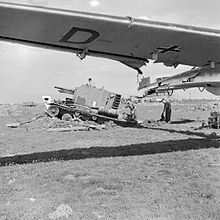
It was 1942 by the time the first wave of 80 vehicles were produced, followed by successive waves until 1943, when the production order was cancelled. This was due to the new American M7 Priest and 25pdr Sexton becoming available through the lend lease program.
The Bishop would see action in the North Africa campaign taking part in the Second battle of El Alamein, in the 8th Army in Tunisia, followed by actions in Sicily and Italy. The Bishop was eventually completely replaced, and served as an instructional vehicle, teaching regiments the fundamentals of self-propelled gun tactics.
| Speed: | Road 15mph – 24km/h Off Rd: 8pmh – 15km/h |
| Operational range (road): | 90miles (145km) |
| Weight: | 17.5 tonnes |
| Length: | 5.64meters (18ft 10in) |
| Width: | 2.77m (9ft 1in) |
| Height: | 3m (10ft) |
| Gun: | QF 25pdr |
| Ammunition: | 32 rounds |
| Superstructure Armour: | 13 to 51mm (0.51 – 2in) |
| Crew: | 4 |
| Designed: | 1941 |
| Number built: | 149 |
| Crew: | 4 |
| In Bolt Action: | 4 |
| Damage Value: | 9+ (Medium Tank) |
| Special Rules: | Slow |

